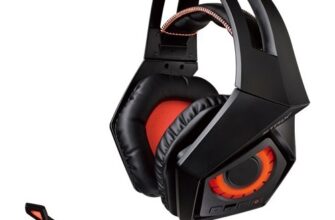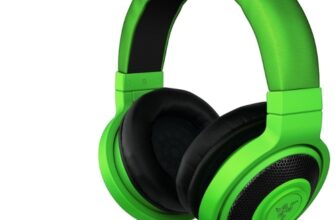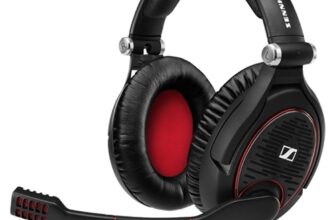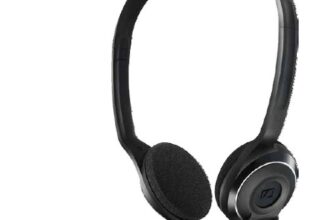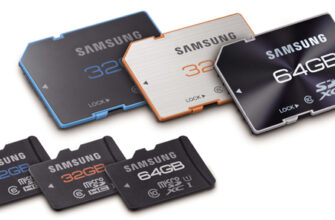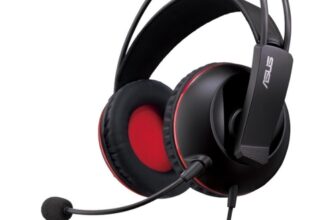The system unit is not a single integral device. It is a complex of interconnected components, each of which determines the technical characteristics and specifications of the computer.
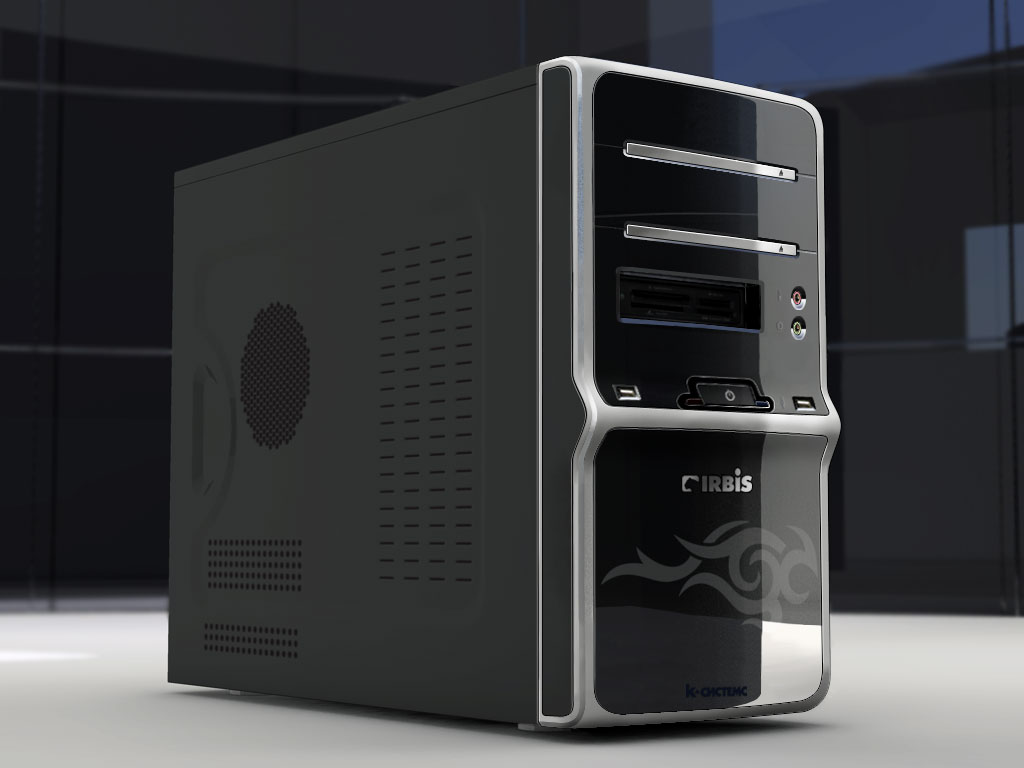
How to choose a system unit: a list of characteristics that you need to pay attention to
When choosing a system unit for home or office, you should pay attention to its following technical characteristics:
-
Model, clock speed, number of embedded processor cores;
-
The amount of RAM;
-
Volume and type of hard drive;
-
Clock frequency and memory capacity of the built-in video card;
-
Number of chassis fans.
Other parameters that you can pay attention to, but not necessarily:
-
Power supply unit power;
-
Motherboard specifications.
Parameters that determine the convenience, but not the capabilities of the system unit:
-
Optical disc drive;
-
The presence of a card reader;
-
Front ports
-
Rear ports.
Embedded processor
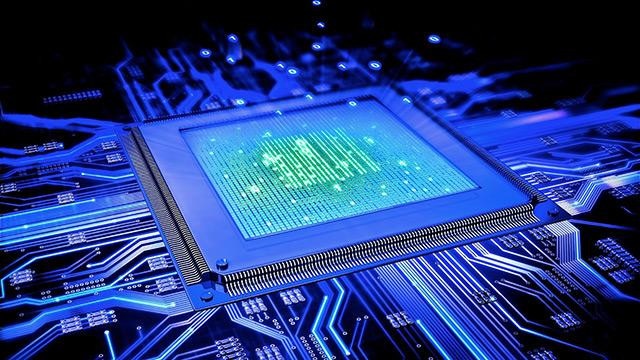
The overall performance of a computer depends on four parameters – the clock speed of the processor, the number of processing cores, the amount of RAM and the speed of the hard disk. The characteristics of a video card or graphics accelerator are also important, but not prevalent. They are important primarily for graphics processing – in the form of rendering models in computer games or rendering video in appropriate editors.
Therefore, if high performance is required, a more powerful processor is required – with 4 cores and a high clock frequency. The most popular in this segment are models from the lines Intel Core i5 and i7. However, it is worth remembering the generation of the processor. The same Intel Cores now exist in seven generations, and the former is not very productive – unlike the latter.
The processor model Intel Core, except for the line (i3, i5, i7), is supplemented with a four-digit digital code. The higher this number, the correspondingly higher the performance of the chip.
RAM size
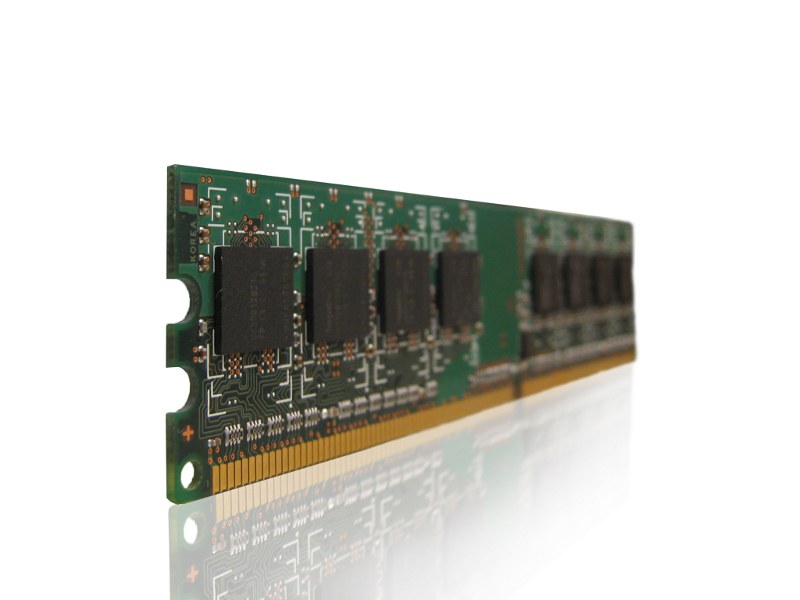
The computer, during its work, writes a lot of data into the RAM. Therefore, the higher its volume, the faster the system unit will work. The minimum required volume today is 2 GB. It will be enough for 'study', web surfing, working with documents, etc. The optimal value is 4 GB.
If you need to perform more demanding tasks, including playing, then the amount of RAM should be higher. For a gaming computer, the required minimum is 8 GB.
Hard disk size and type
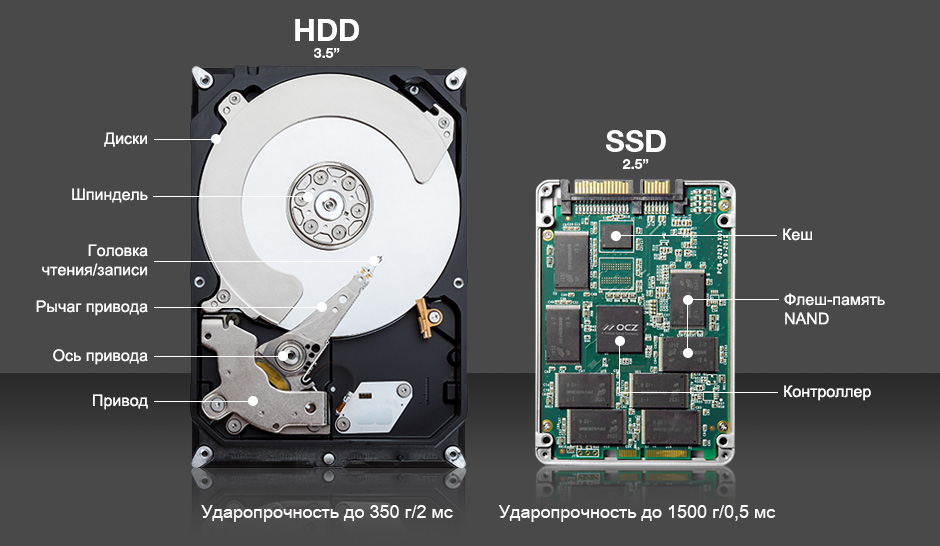
All the data you need is stored on your computer's hard drive – from the files of the operating system itself to documents, photos, and user downloads. Therefore, the larger its volume, the correspondingly more information can be written into the computer's memory.
The minimum required volume for the operating system is 20 GB. But this is clearly not enough for the user. For example, a movie in acceptable quality 'weighs' 4.5 GB. And installed flagship games take up over 100 GB each!
Thus, you need to choose the amount of hard disk based on your needs. But it's better to 'stock up' than to frantically choose what to remove to free up space. The minimum recommended hard disk space is 320 GB. 500 GB is better. 1 TB or more – if you plan to arrange a 'file storage' on your computer.
The type of hard drive is also important. SSDs are faster and more stable than HDDs. However, they are much more expensive and have a limited operating period.
The optimal configuration is to use a small SSD (up to 100 GB) for the operating system and a large HDD (500 GB or more) for user files, games and programs.
Integrated graphics specifications
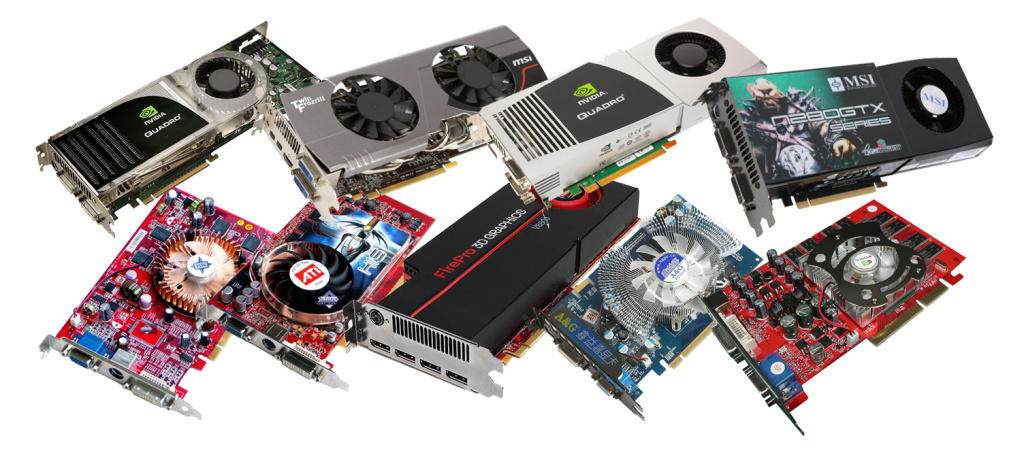
Without a video card, a computer cannot display an image on the screen. So she is needed anyway. However, it is worth remembering that there are two types of video cards – integrated and discrete.
An integrated graphics card is usually much less powerful. It uses the resources of the processor itself and RAM in order to process graphic information. Therefore, it is practically not suitable for games – except for the oldest and undemanding computer specifications.
A discrete graphics card is better suited for processing graphics information – both games and rendering of videos or editing images. And the more powerful she is, the better she copes with these responsibilities.
The performance of a discrete graphics card is affected by the power of the on-board computing chip and the amount of video memory. And, if information on the first parameter is difficult to obtain, then the second is usually indicated on price tags or in the list of technical characteristics of the system unit. In short, the more video memory, the better. But also more expensive. Therefore, it is advisable to buy a system unit with a powerful video card if you need a gaming configuration or a system for processing video or images.
It is not difficult to understand whether an integrated or discrete video card is built into the system unit. If the connector for the screen is located on the upper part of the rear panel of the case, then it is integrated. If on the bottom – then discrete. The accuracy of this 'test' is quite high.
Number of fans in the case
Almost all components of the system unit heat up intensively during operation. The processor, for example, when performing some particularly demanding task, can heat up to 80-100 degrees! The video card, hard drive, power supply, even RAM and cables that connect it all together also heat up.
High heating leads to a drop in performance and a decrease in the operating period of the system unit. In order to keep the temperature from getting too high, the most 'hot' elements are equipped with fans – coolers. They are installed, for example, on a processor, video card and power supply.
But due to the closed configuration of the system unit, these coolers do not do their job very well. Additional fans are required that will pump cold air into the case and remove hot air from there.
For an average configuration, 1 cooler on the back is enough. When it comes to a powerful or just a high-performance system unit, more fans are required. 2-3 will be enough.
Power supply power
The main function of the power supply is to convert AC power from a household network to a DC power supply necessary for the operation of a computer, and deliver it to components (motherboard, video card, etc.). And the power of these components directly depends on how much current they consume.
Therefore, the more components are installed in the system unit and the more productive they are, the more powerful the power supply is required.
However, it should be borne in mind that in the ready-made configurations, a power supply unit of sufficient power is already installed, so there is no need to worry about this issue. The problem can arise only when upgrading (installing new components) of the computer. Often, the power of the unit installed in ready-made configurations is maximum and does not imply the connection of other devices. Then, when upgrading, you will need to install a new one.
Motherboard parameters
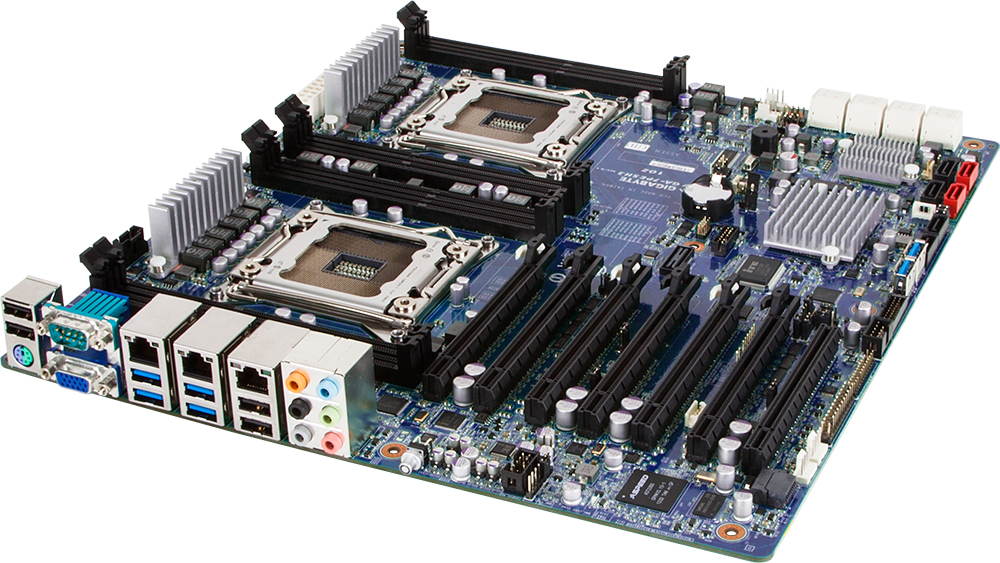
The motherboard is the main functional element of the computer. It is to it that the rest of the components are connected – from the processor to the video card.
Pay attention to its characteristics is required only if you plan to upgrade your computer. Then the following parameters are important:
-
The number and type of expansion slots (required to install expansion cards – video cards, network cards, sound cards, specialized devices);
-
The number and frequency of RAM slots (the last parameter is important for creating an optimized configuration);
-
Chipset characteristics (necessary to optimize the interaction of all peripheral equipment – processor, video card, permanent and RAM, USB-connected devices);
-
Processor socket (determines which processor can be installed in the motherboard);
-
Built-in video card;
-
The presence of built-in 'expansion cards' – sound, network card, etc .;
-
Connector configuration (for example, if you need to bring an additional USB unit to the front panel, this will require a separate connector).
However, in the overwhelming majority of cases, these parameters can be ignored.
Summary
The choice of a system unit begins with determining the purposes for which it will be used. Based on the purpose of the computer, it is possible to identify the necessary and sufficient characteristics. First of all, you need to pay attention to the characteristics of the processor, RAM and permanent memory, as well as the video card.
For specialized configurations, it is also advisable to consider the power supply capacity and the number of fans built into the chassis.
For configurations that are planned to be upgraded in the future, it is necessary to take into account the peculiarities of the motherboard so that you do not have to change it.
And finally, it is desirable to take into account the convenience of using the system unit.
!
In the following articles, our experts will tell you how to choose a powerful server and the secrets of choosing a video card – an overview of the best manufacturers.
Attention! This material is the subjective opinion of the authors of the project and is not a purchase guide.


